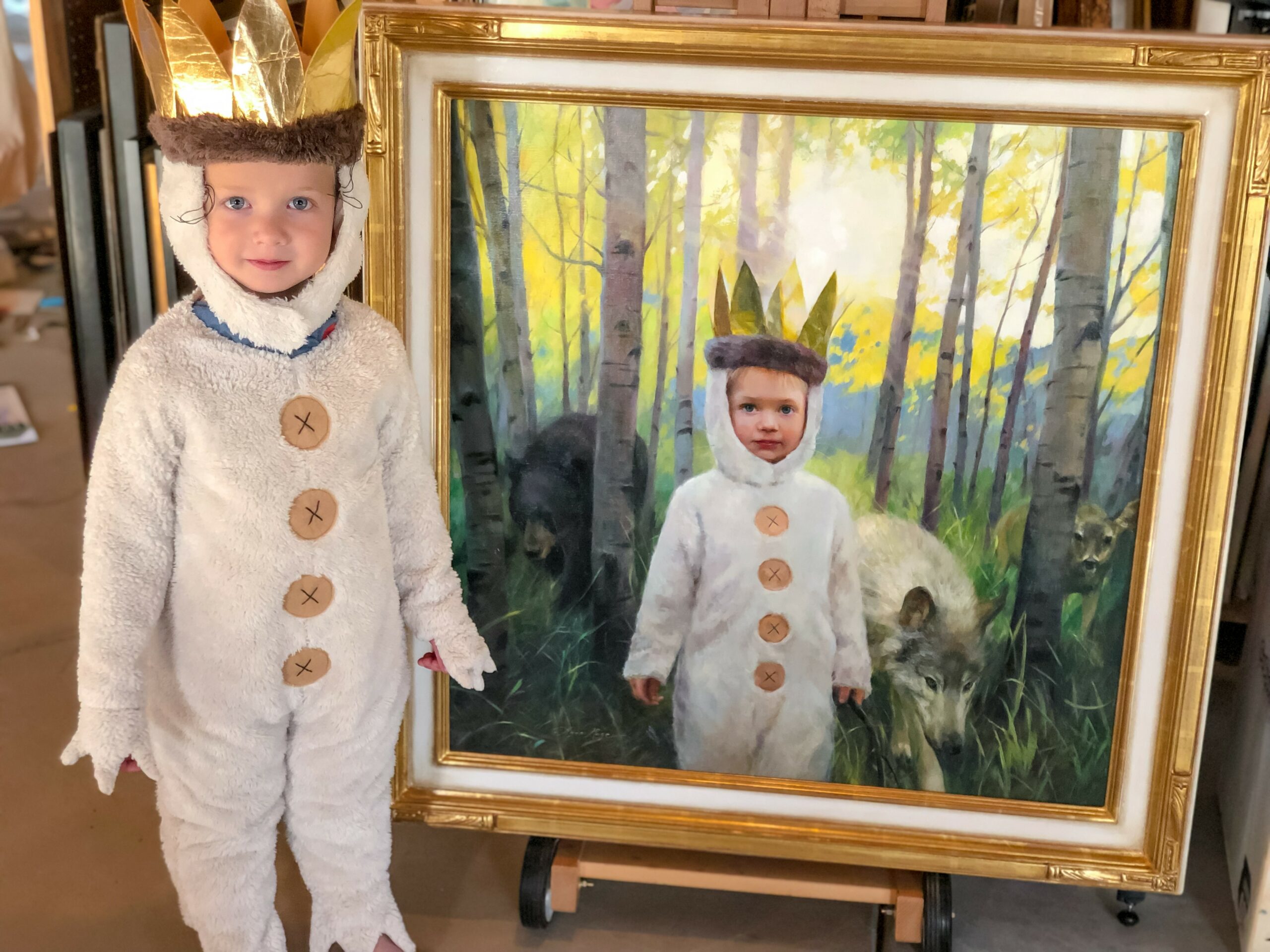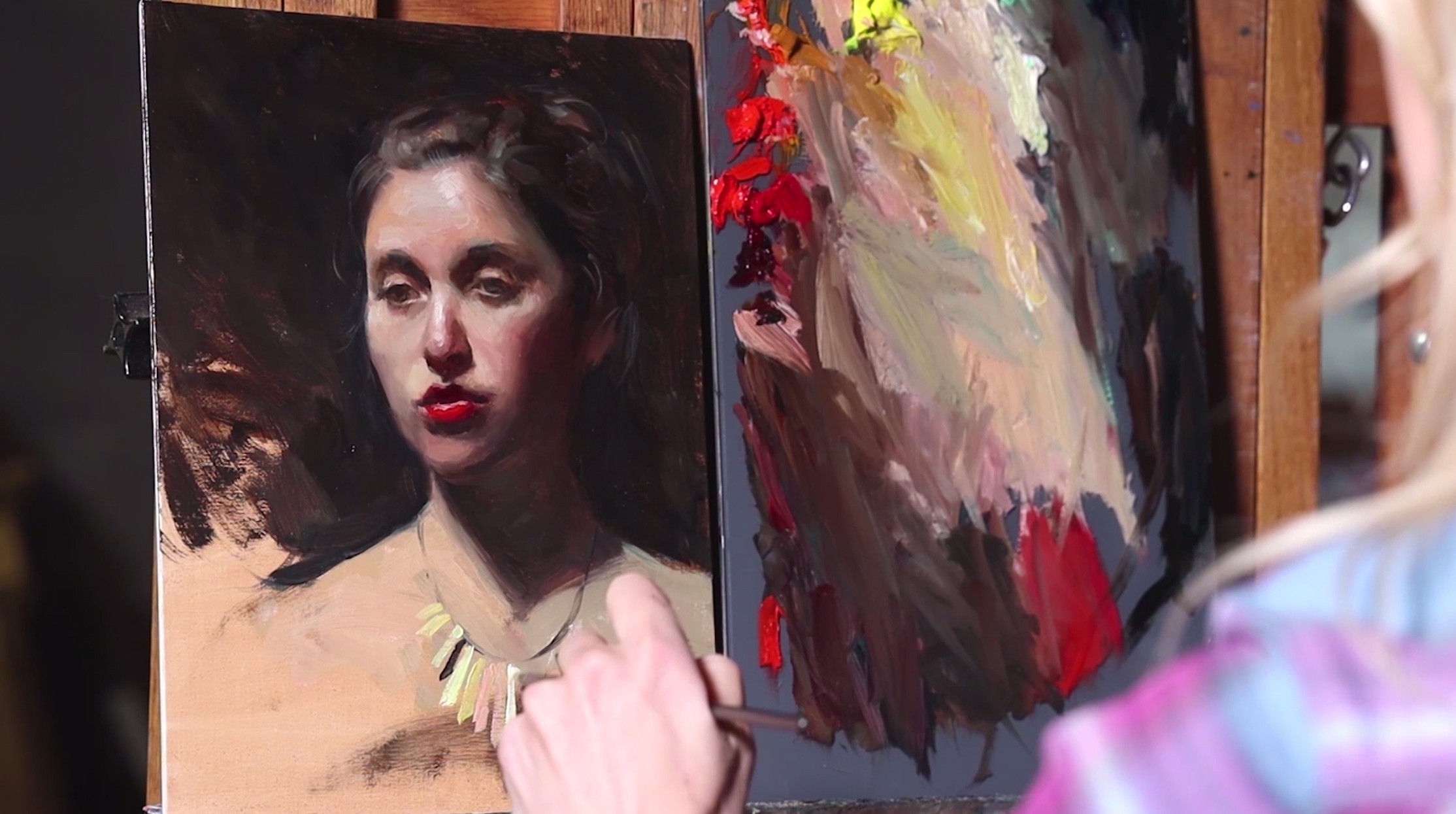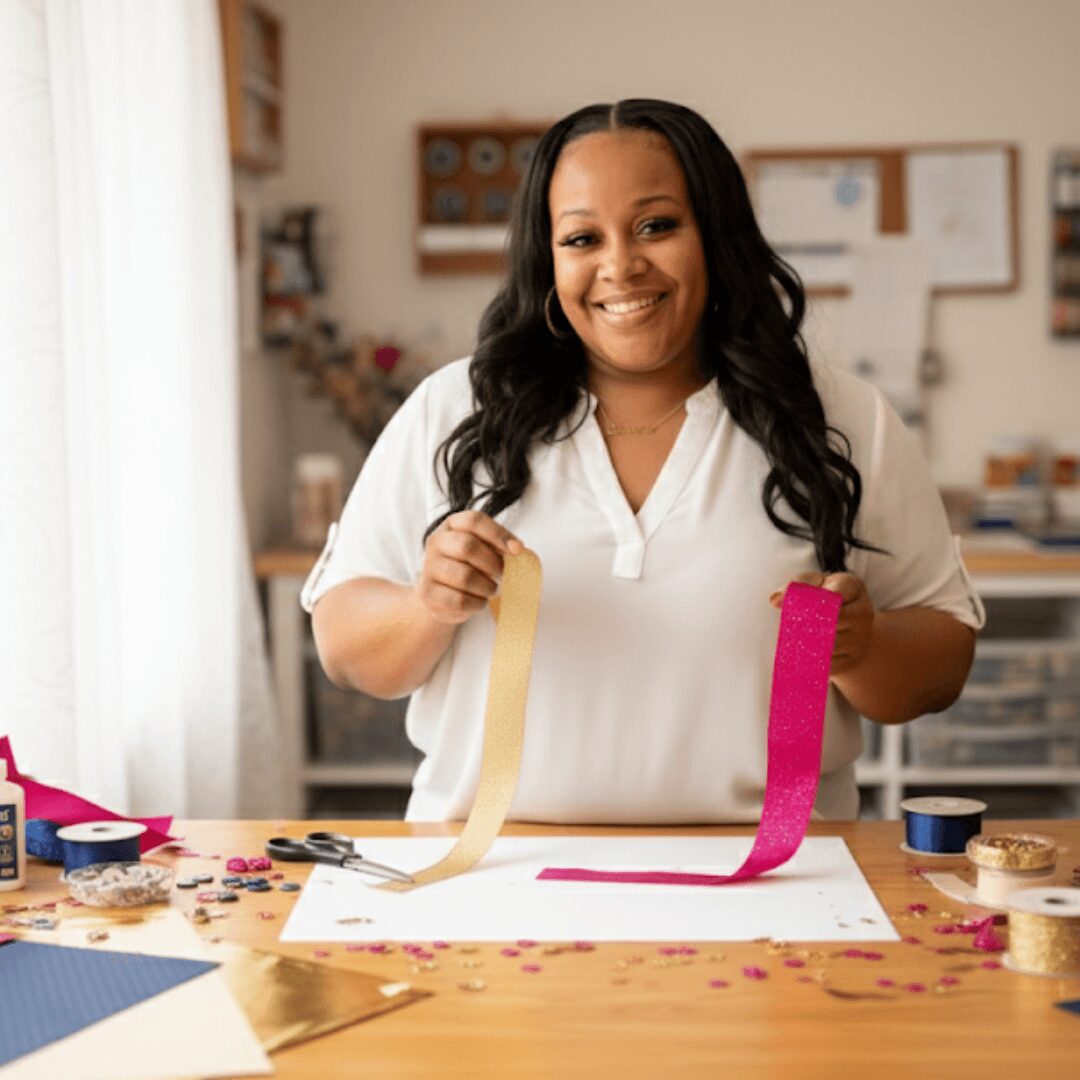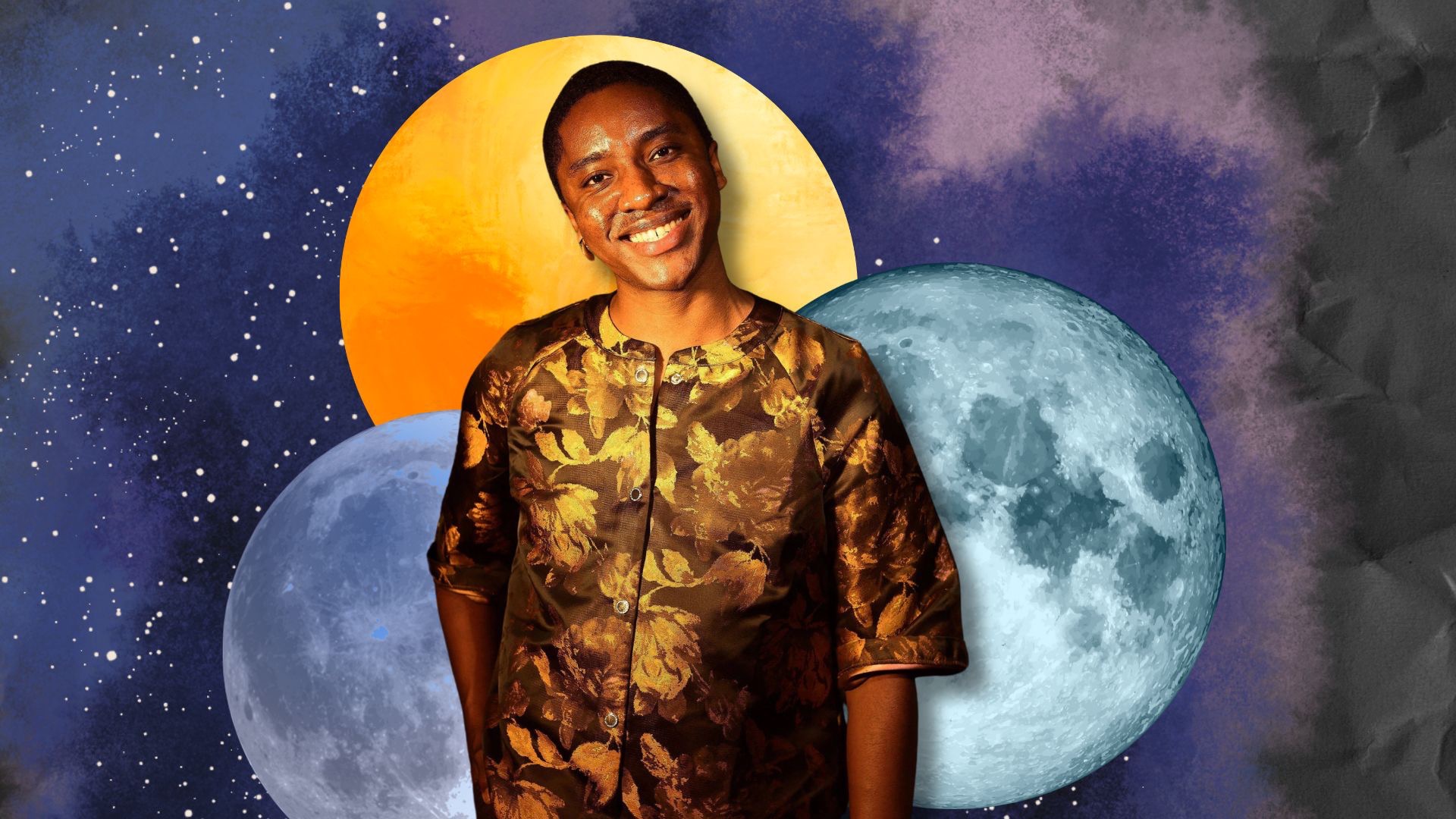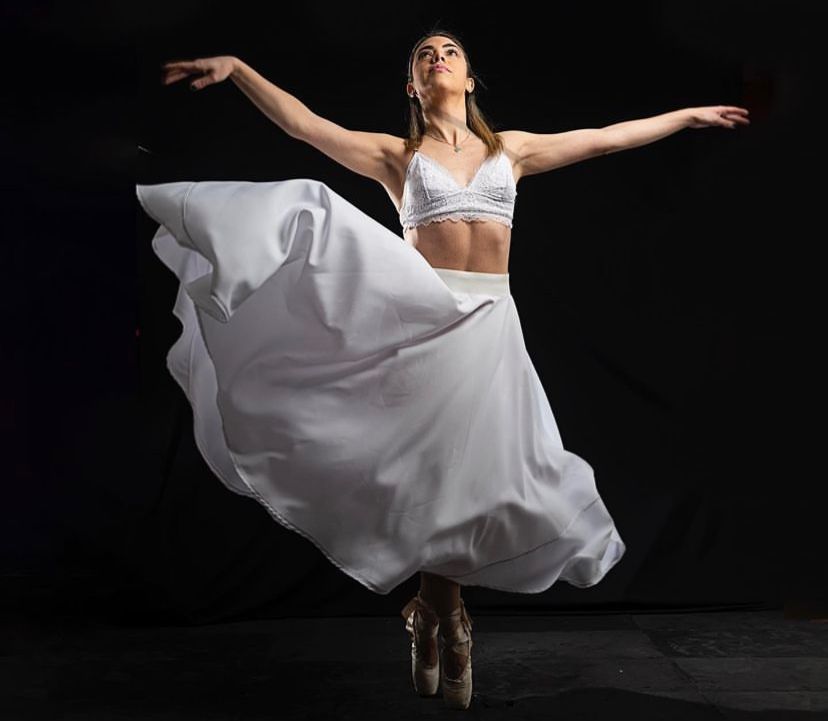We’re excited to introduce you to the always interesting and insightful Anna Rose Bain. We hope you’ll enjoy our conversation with Anna Rose below.
Anna Rose, so great to be with you and I think a lot of folks are going to benefit from hearing your story and lessons and wisdom. Impostor Syndrome is something we have words to describe, but it’s also something that has held people back forever, so we’re really interested to hear about your story, and how you overcame it.
As a fresh-faced college grad, I quickly discovered that the road to becoming a professional artist would not be easy. I struggled a lot with imposter syndrome. Even though I did very well at my small, private college (in fact, I was the first in the college’s 150+year history to have a solo senior art exhibit)—I quickly realized that in college I was a big fish in a small pond. The real world looks a lot different! Most of my twenties felt like an uphill battle, or to put in more constructively, a journey of self discovery. I had to somehow figure out who I was, and what I wanted to say with my art, and how I wanted to say it. From the outside, I looked nothing like a “stereotypical artist type.” I had a baby face (still do), dressed conservatively, and had zero tattoos. But here’s the thing about imposter syndrome: it only happens when you compare yourself to someone else. As I’ve gotten older, I’ve come to terms with who I am as an artist and as an individual, by focusing on what I and I alone can bring to the world. I wouldn’t say I’ve completely overcome imposter syndrome. There are still days, especially as a mom, where I think to myself, “I just spent 10 minutes wrestling with my kid to get his socks on! Am I really a professional artist?” But that’s real life. And my authenticity comes from my real artist/mom life spilling over into my work. Everyone has a different story to tell, and as soon as you are ready to fully embrace your own story, you’ll free yourself to share it without worrying if it’s as good as the next person’s.
Let’s take a small detour – maybe you can share a bit about yourself before we dive back into some of the other questions we had for you?
As a representational artist, I specialize in oils and enjoy combining classicism, impressionism, and alla prima techniques in my work. I love using art to document my life, and I take my paints wherever I go. I’ve been lucky enough to travel around the world and to many of the National Parks, but I find just as much fulfillment in painting my two children and our everyday family life. I also adore painting flowers, and in a perfect world I’d just step outside my backyard and cut some stems to bring into the studio and paint, everyday. But alas… I have a brown thumb. Can’t be good at everything, I suppose! In between studio projects I usually have a steady stream of portrait commissions on the easel. I teach several in-person oil painting workshops per year and enjoy being a regular faculty member for the Portrait Society of America’s annual “Art of the Portrait” conference. Last year I had the opportunity to lead an oil painting master class in South Africa, and that was an incredible experience. It is humbling to be so instrumental in helping my students take their work to the next level, and I also learn so much from them in the process! Back home in my studio, I create regular instructional content for my YouTube channel, as well as my learning platform, LEARN FROM ANNA ROSE BAIN (annarosebain.thinkific.com).
There is so much advice out there about all the different skills and qualities folks need to develop in order to succeed in today’s highly competitive environment and often it can feel overwhelming. So, if we had to break it down to just the three that matter most, which three skills or qualities would you focus on?
There have been hundreds of “lightbulb” moments for me in my journey as an artist, but none of them had to do with just technique, or materials, or subject matter. For me the three biggest revelations were these: 1) Paint your passion, and the collectors will come. I learned early on that trying to paint what I “thought” people wanted to buy was a recipe for disappointment. As soon as I started painting what I wanted to paint, collectors saw the joy in those paintings and they were way more likely to buy them!
2) Good design > everything else. This is still something I’m learning, but thanks to some amazing mentors I’ve had over the years, I’m discovering that it’s true. If a painting can draw you in from across the room, then that means it has an effective design. The colors, materials, techniques it was painted with, and even subject matter, are less important than the overall composition.
3) Learn to be patient, with your work and with having the life of an artist. It’s a roller coaster ride. Some years you feel like you’re killing it and you’re on top of the world, other years, not so much. Actually, that can happen on a monthly, weekly, or even daily basis, come to think of it. Not only is it important to learn how to be patient with the process of creating art, but it’s important to be patient with yourself as you work to develop your craft. It’s a lifelong journey, and while a rare few may rise quickly to the top (good for them!), most of us are on the slow-and-steady course, and that is OKAY.
Is there a particular challenge you are currently facing?
I am the mother of two beautiful children, Cecelia (10) and Everett (5). While they have been the source of incredible inspiration for me in my art, and they are truly my pride and joy, being a full time artist and mom is not for the faint of heart. In the past three years especially, during my son’s “little years,” it got so hard that I actually considered quitting painting. Everett has high-functioning Autism Spectrum Disorder (ASD), also known as Asberger’s, and as a result, I’ve had to learn from scratch how to raise a neurodivergent child. He happens to be brilliant, but struggles with basic things like playing appropriately with other kids or knowing how to read someone’s face when they are angry or sad. As a toddler, he wa¬s kicked out of two different preschools for bad behavior, and this year he started kindergarten but absolutely hated it (probably because it was too easy for him). My challenge has been: how do I get my son all of the help he needs (ABA therapy, speech therapy, regular meetings with his teachers and support team at school, etc.), while somehow still finding time and energy to create art? While I’m happy to say that Everett is doing well and getting lots of support, my painting time is still currently very limited. I overcome this challenge as best I can by absolutely making the most of the time I have. I try to prioritize good sleep, daily workouts and clean nutrition, so that my mind and body can be as clear as possible for me to focus on my family and my art. I try to gauge my energy, and I’m kind to myself on days when I know I don’t have it in me to paint well. On those days, I might choose to edit video or answer emails instead. But on good, high-energy days, I paint like there’s no tomorrow. Carpe diem!
Contact Info:
- Website: www.artworkbyannarose.com
- Instagram: @annarose_artist
- Facebook: https://www.facebook.com/artworkbyannarosebain
- Youtube: https://www.youtube.com/annarosebain
- Other: My learning site: annarosebain.thinkific.com






